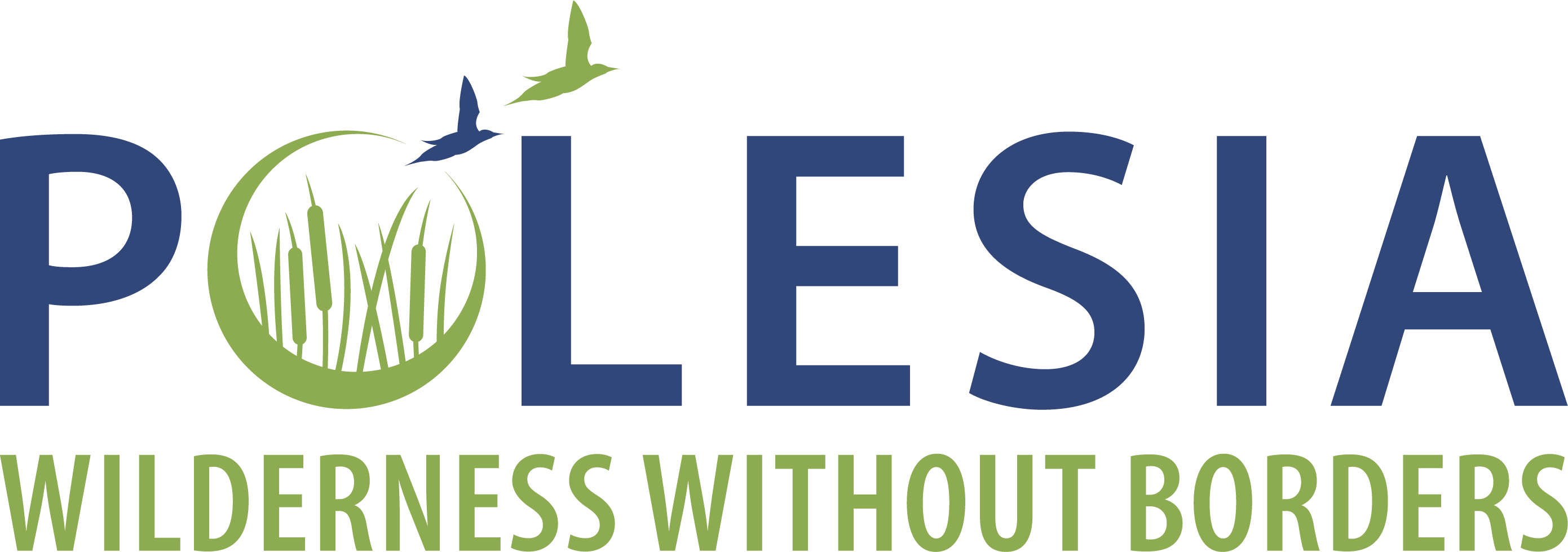The iconic wetland predator
The Greater Spotted Eagle Clanga clanga is classified in Europe as endangered. The European population is estimated at around 1000 pairs.16% of Europe’s population occurs in Belarus and 4% in Ukraine. The stronghold of this population is in Polesia, with its vast and mostly intact network of forests and wetlands. However, the population is decreasing. Only in the Chernobyl Exclusion Zone, has the number of Greater Spotted Eagles increased in the last 20 years.
Follow the movements of our tagged Greater Spotted Eagles!
We want to find out the reasons behind the overall decline of Greater Spotted Eagles. This may also help to understand the reasons for the decline in other parts of the world and teach us what we can do to help this charismatic species.
Our main research questions
1. What is the main cause of the decline in Greater Spotted Eagles?2. How does human disturbance influence Greater Spotted Eagle nesting, and behavior in general?3. Which habitats are most crucial for foraging and for breeding success of Greater spotted eagles?
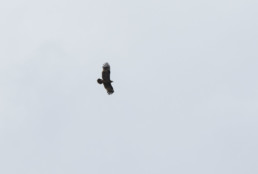
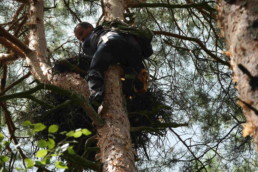
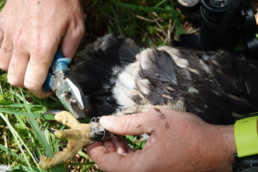
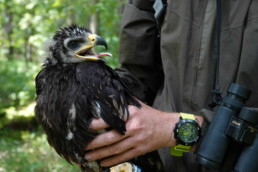
Activities
We are installing camera traps on nests in order to determine feeding behavior, chick survival and breeding success of Greater Spotted Eagles in habitats of different levels of human disturbance.We are also GPS-tagging adult birds, with 15 individuals tagged so far. The GPS-tracking will help us to find out, which habitats Greater Spotted Eagles prefer for foraging, what their movement patterns are, and where mortality may occur.Read more details about our research on Greater Spotted Eagles.



